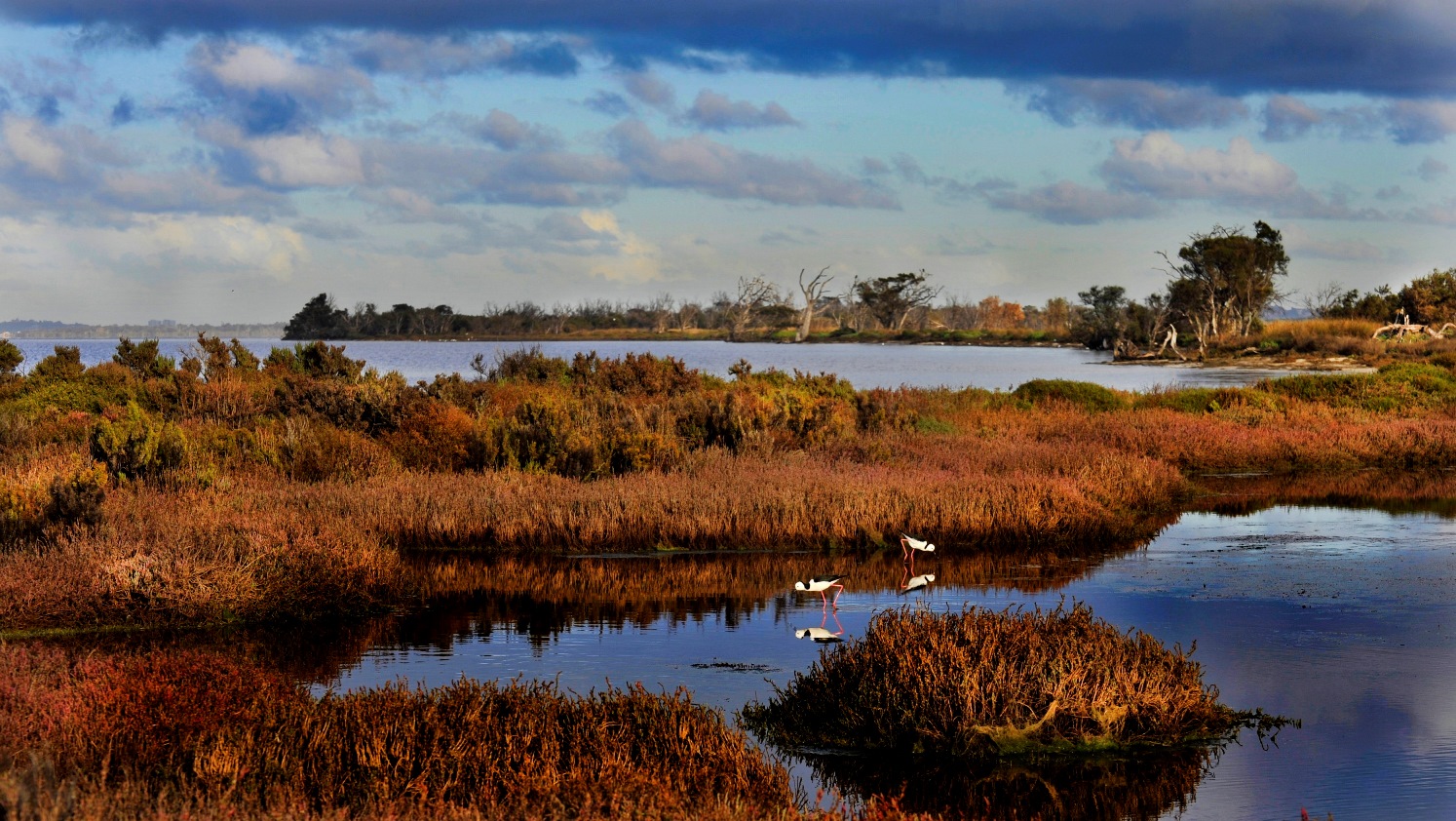World Wetlands Day – happy 50th anniversary!

Next Tuesday (2 February 2021) is officially the 50th anniversary of World Wetlands Day – celebrating the adoption of the Convention on Wetlands on 2 February 1971, in the Iranian city of Ramsar on the shores of the Caspian Sea.
Since 1997, World Wetlands Day has been used to raise public awareness of wetland values and benefits and promote their conservation and wise use. The 2021 theme is ‘Wetlands and Water’. This highlights the role wetlands play in:
- cleaning water;
- providing a water supply;
- ecosystem resilience;
- sustainable livelihoods and jobs;
- biodiversity conservation;
- storm protection;
- carbon storage;
- climate change adaptation;
- health and well-being; and
- tourism and recreation.

Australia has 66 Ramsar sites covering about 8.3 million hectares. These sites include iconic wetlands such as Kakadu National Park, Roebuck Bay, Gippsland Lakes, Moreton Bay, Blue Lake, Macquarie Marshes and the Coorong. But did you know that Australia was one of the five founding nations to sign the Convention and also designated the world’s first Wetland of International Importance (Ramsar wetland) – the Cobourg Peninsula, in the Northern Territory in 1974.
For those of us out west, 12 of Australia’s 66 Ramsar wetlands are located in WA, including Forrestdale and Thomsons Lakes (Armadale and Cockburn), the Peel-Yalgorup System (Mandurah), and Becher Point Wetlands (Rockingham) located in around the City of Perth if you’re wanting to visit one.
Perth is also lucky to have a thriving independent not-for-profit community organisation that is dedicated to the conservation and restoration of wetlands, environmental education, training, community services and facility hire called The Wetlands Centre. The Centre is located on the doorstep of Bibra Lake within the Beeliar Regional Park, City of Cockburn, and has been in operation since 1993.
So if you want to know more about your local wetlands – definitely recommend getting in touch with these educated and passionate bunch of people!
In addition, the Centre organises the annual WA Wetlands Management Conference. Held on World Wetlands Day itself (naturally – Tuesday, 2 February 2021) it will also focus on celebrating the 50th anniversary of the Ramsar Convention on Wetlands.
The 2021 conference will include a field trip of the Ramsar-listed Peel-Yalgorup Wetland System (Site 482) on Monday 1 February, followed by the conference day itself on Tuesday 2 February at the Mandurah Performing Arts Centre (adjacent to Mandjar Bay). It will provide an opportunity for the exchange of information and ideas between wetland practitioners with a focus on the latest developments about how to effectively manage and restore wetlands. The Conference is intended to bring together community conservation volunteers, landowners, educators, local and State Government officers and private sector environmental officers involved with wetland management. This happens to include our very own Halinka Lamparski from Urbaqua who will be running a workshop on ‘Designing purposeful water quality monitoring programs for wetland management’.
So if that sounds exciting to you, its still possible to register for the conference via Eventbrite:
https://www.eventbrite.com.au/e/2021-wa-wetland-management-conference-call-for-registrations-registration-133479732473 https://www.eventbrite.com.au/e/2021-wa-wetland-management-conference-call-for-registrations-registration-133479732473Otherwise use this as a reminder to take your family and friends down to your local wetland, or even to one of our incredible Ramsar-listed wetlands for a picnic and walk, to appreciate the beauty, nature and function of our incredible natural wetland ecosystems.

